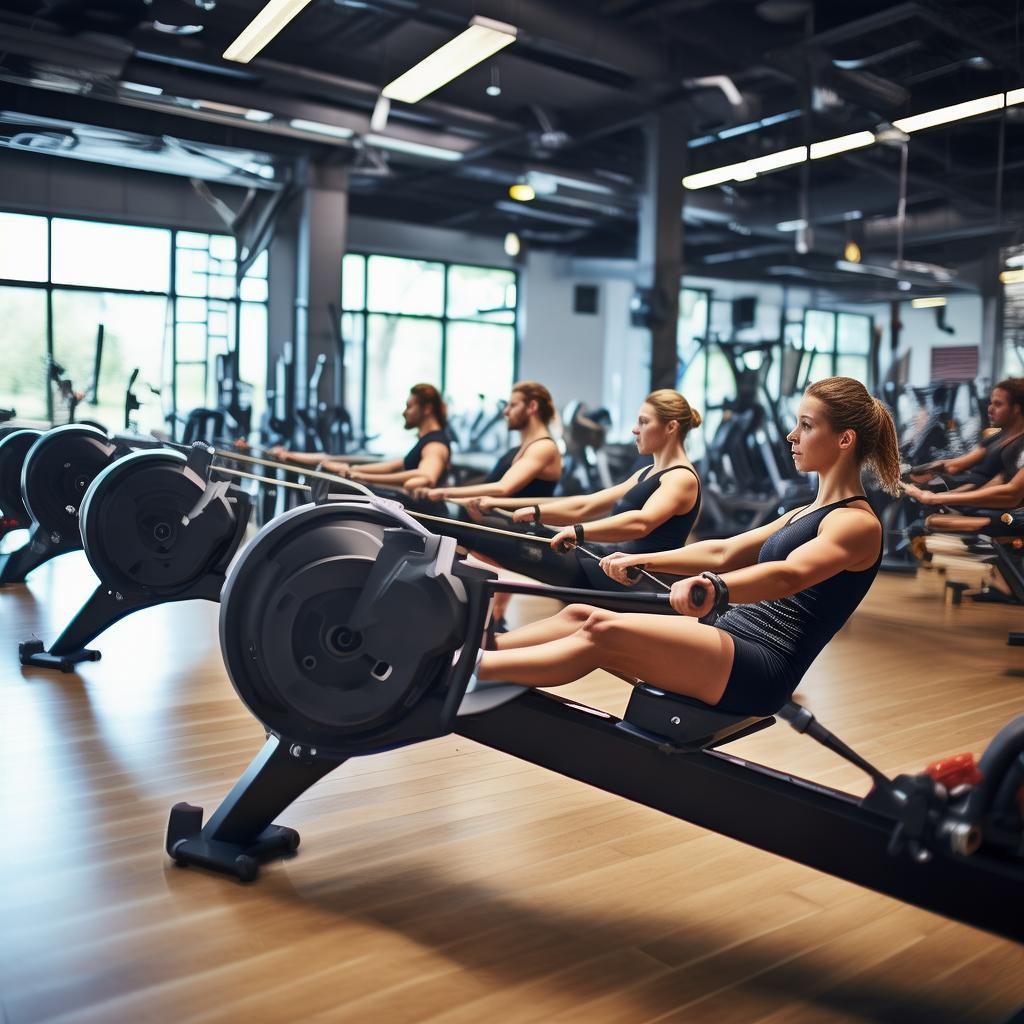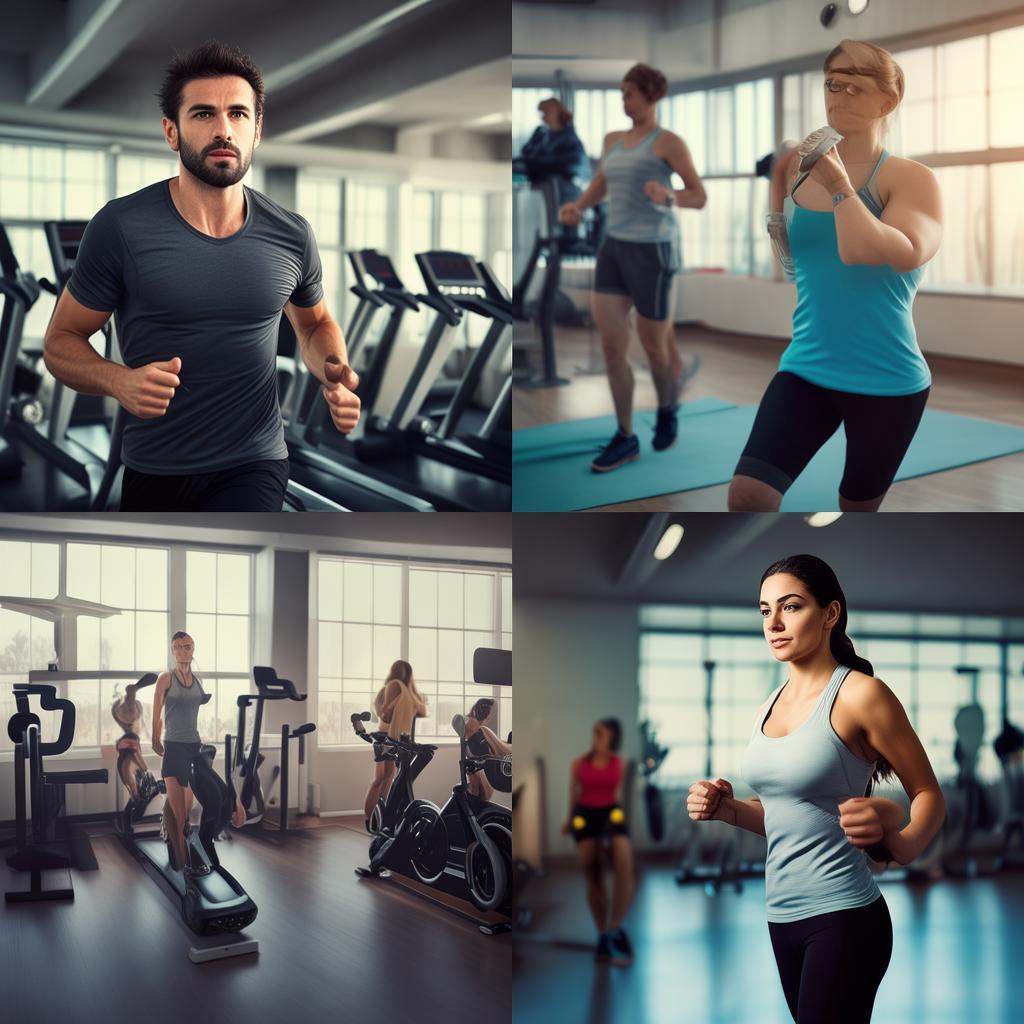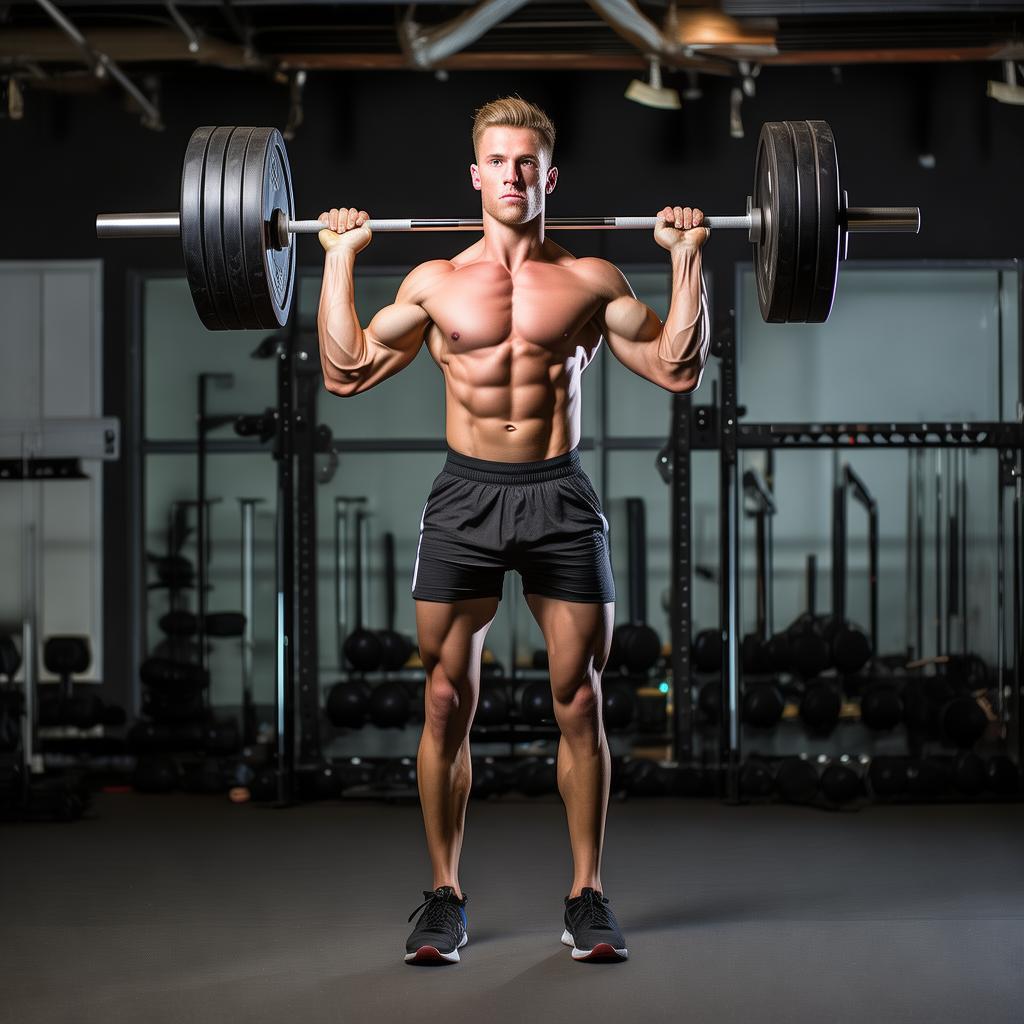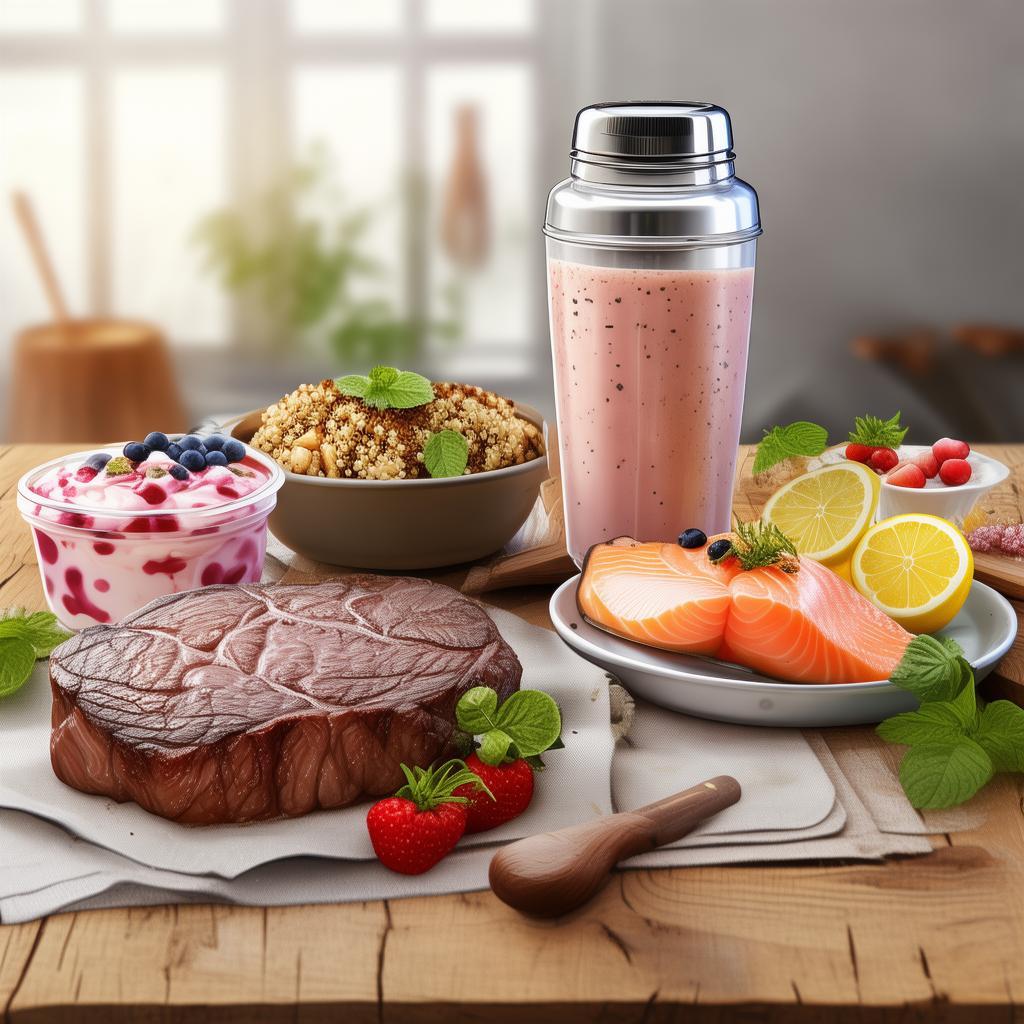Why Choose a Rowing Machine over Treadmills and Exercise Bikes?
Outdoor running is a popular and effective cardio – workout. However, when it comes to indoor exercise, many people find themselves getting bored with treadmills and exercise bikes. These machines often end up gathering dust on the balcony or being used as a drying rack because the repetitive and monotonous nature of the exercises makes them hard to stick to.
If you’re looking for better aerobic training, aiming to improve your heart rate, train multiple muscle groups, and stimulate the brain, a rowing machine is a great alternative. Moreover, rowing machines take up less space and are easy to store, making them a practical choice for home gyms.
The rowing machine simulates the ancient exercise of rowing, bringing the water – rowing scene into the gym. Although it may seem like another repetitive cardio exercise at first glance, it has a distinct advantage over the treadmill: a higher proportion of strength training in its training mode. For instance, the “Push” action in rowing engages a significant amount of back muscles, rear muscle groups, and even the arms.
Rowing Machine: A Dual – Benefit for Cardiovascular Health and Muscle Endurance
The rowing machine is a staple in various fitness classes, playing a crucial role from basic warm – ups to compound workouts. It’s an excellent option for low – intensity exercise, effectively improving cardiovascular health and enhancing muscular endurance.
Since it’s a low – intensity exercise, rowing movements can reduce the risk of injuries to weight – bearing joints like the hips, ankles, and knees, which are prone to pain or injury during high – intensity training. What’s more, the rowing machine is suitable for people of all ages to exercise, making it a versatile fitness tool.
All in all, the rowing machine offers the dual benefits of training muscle strength and improving cardiovascular function, providing great value for your fitness investment.
Four Major Benefits of Rowing Machine Training
Benefit 1: Ideal Warm – up Action
A proper warm – up is essential for a safe and effective workout. Rowing, being a safe, full – body movement, warms up all joints and most muscle groups in the body efficiently, saving time and preparing your body for the upcoming training.
Benefit 2: Diversify Your Training
Rowing is a low – intensity training movement with the benefits of high – intensity training. You don’t need to add heavy dumbbells or barbells to achieve high – intensity training results. For example, if your body can’t tolerate high – intensity intervals at 85% of maximum oxygen uptake (similar to running 10 consecutive 400 – meter sprints), you can use the rower to complete the equivalent. And the risk of physical injury during rowing sprints is much lower than during running sprints. Also, due to the lower physical stress, the recovery time after a challenging rowing session is shorter than that after a running session. However, always consult your doctor or physical therapist before any training if you have an injury.
Benefit 3: Relaxation and Calorie – Burning
Rowing also has a positive impact on mental health. Compared to road running, it’s less affected by external stimuli, making it easier for us to enter a state of contemplation and meditation. Once you establish a comfortable rhythm, you can close your eyes, connect your breath to your body, and enjoy the simple pleasures. Additionally, if you’re short on time, rowing is a quick calorie – burner. At the same intensity level, indoor rowing burns more calories than indoor cycling.
Benefit 4: Great for Finishing Your Workout
Using a rowing machine at the end of your training can help you burn off those extra calories. In a 5 – 10 minute long EMOM, doing 100 to 200 meters of rowing is less likely to make you give up. Of course, this depends on your physical ability and skill. Each movement should be at 90% of the high – intensity training state and completed within 20 seconds to allow for rest before the next movement. As your fitness and skills improve, you can increase the rowing distance, the number of sets, or both.
Buying Tips for Rowing Machines
When purchasing a rowing machine, quality should be your top priority, as you’ll likely be using it for at least 2 – 3 years. Start by looking at the framework of the rowing machine, such as the wood and water tank. Check if solid wood is used and if the wood density is high enough (wood density comparison: Beech > red oak (oak) > ash wood > rubber wood > pine). The thickness of the wood and the workmanship are also important factors. In addition, pay attention to the water tank sealing. There are mainly two sealing methods: gel seal and rubber ring with screws. The quality of the sealing depends on the manufacturer’s production process and technical maturity.





